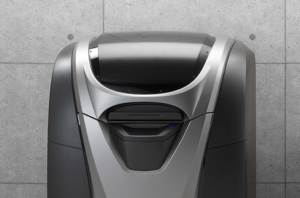
Industrial 3D printing as a service
Your Benefits:
- On-demand production
- No storage costs
- Up-to-date product design
- Decentralized warehousing
We offer a comprehensive solution for manufacturers and suppliers in the mechanical engineering and aerospace industries within the field of additive manufacturing.
Additive manufacturing has now become suitable for industrial small-batch production.
Technological innovations in 3D printing systems, processing techniques, and the available production materials have multiplied in recent years.
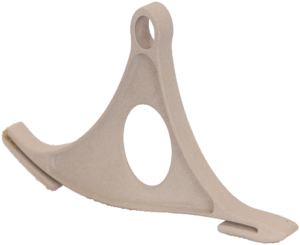
Your key to shorter development and production phases.
Materials
Engineering materials
A typical selection of materials used in additive manufacturing:
- Polyamide
- Acrylic urethane
- Silicone urethane
- Plastics
- Synthetic resins
- Ceramics
- Metals
- Carbon and graphite materials
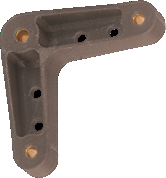
Printing Processes
Depending on application requirements, the choice of materials and printing processes varies. The most common printing processes include:
- Fused Deposition Modeling (FDM)
- Digital Light Processing (DLP)
- Stereolithography (SLA)
- Selective Laser Sintering (SLS)
- Inkjet Technology (IJ)
Special Features
Flexible Components
Even flexible silicone plastic couplings, seals, filters, and connection hoses can be produced cost-effectively.

Composite Components
With a specialized process, we can integrate metal inserts into workpieces.
We also manufacture high-strength composite components made from polyamide and carbon fiber.
Prototypes, Small Series & Spare Parts
Prototypes
are created during the design phase to ensure final production reliability for series manufacturing.
At this stage, design optimizations can be made at any time.
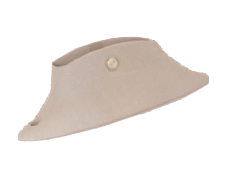
Small series
are produced depending on the component size and characteristics. Depending on the component, batch sizes of well over 1,000 pieces can be practical.
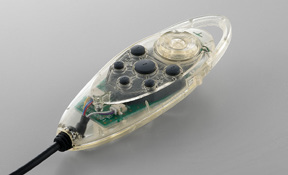
Spare part
that are no longer available can be reproduced quickly and cost-effectively. Another advantage: this component can be updated and improved.


Extremely light
Strength by added micro carbon fibers
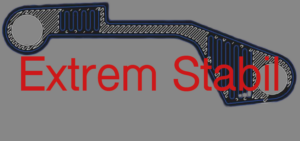
Extremely stable
Aluminum-like strength achieved through the integration of long roving materials such as Carbon, Kevlar, or glass

Extremely precise
Very thin-walled models allow for initial functional and design evaluations with high precision.
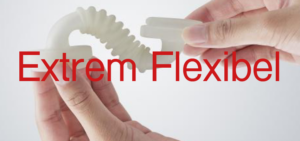
Extremely flexible
Very thin-walled and flexible models allow for initial functional and design evaluations with high precision.
